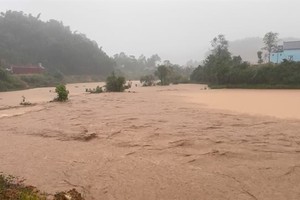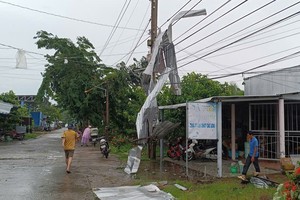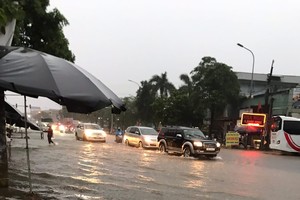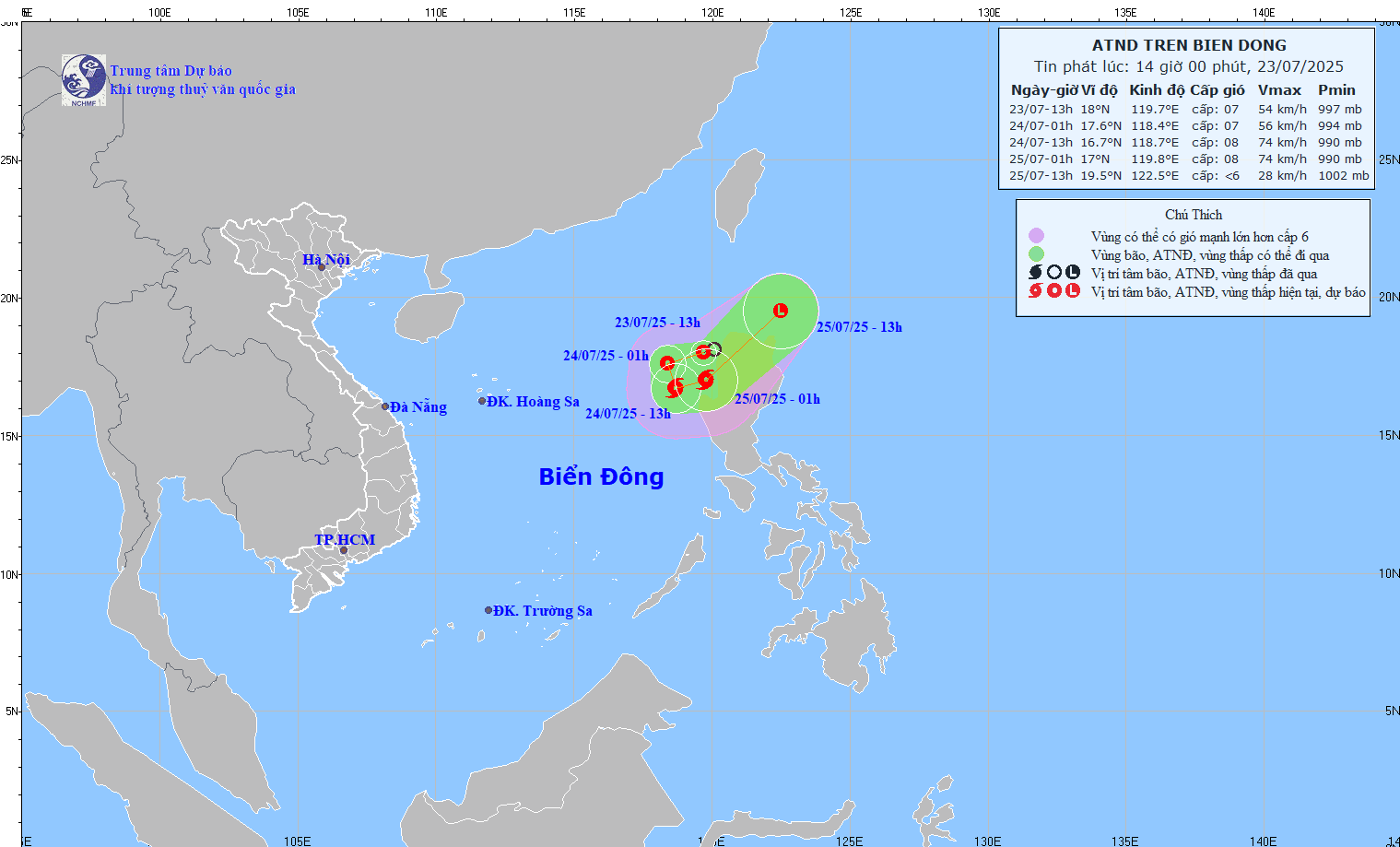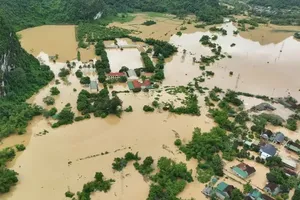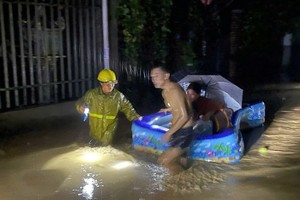
Hanoi and the Northern region are experiencing the third consecutive day of light drizzle and mild dampness on February 17. Roads are slippery, and many areas remain covered in fog.
Meteorologists report that high-altitude westerly winds are about to appear. While these winds may not cause heavy rain, they increase the risk of thunderstorms and hail. This phenomenon is typical during the seasonal shift from winter to summer, when temperatures gradually rise but occasional cold air masses still move in, interacting with high-altitude air currents.

Prolonged drizzle is another common feature of this period, especially in the Northeastern provinces and the Red River delta. High humidity keeps the air feeling cold despite rising daytime temperatures, creating conditions favorable for extreme weather events like hail and thunderstorms.
In the south, the Global Forecast System (GFS) predicts scattered unseasonal rain in the next seven days. While the intensity may decrease, the rain will not completely stop. Areas without rain will experience hot weather, with temperatures around 35-36 degrees Celsius.
The unseasonal rain is attributed to low-pressure troughs and persistent atmospheric disturbances in the southern East Sea, which significantly affect weather patterns in Southern provinces. The weakening of cold air from the north also contributes to these disturbances.



